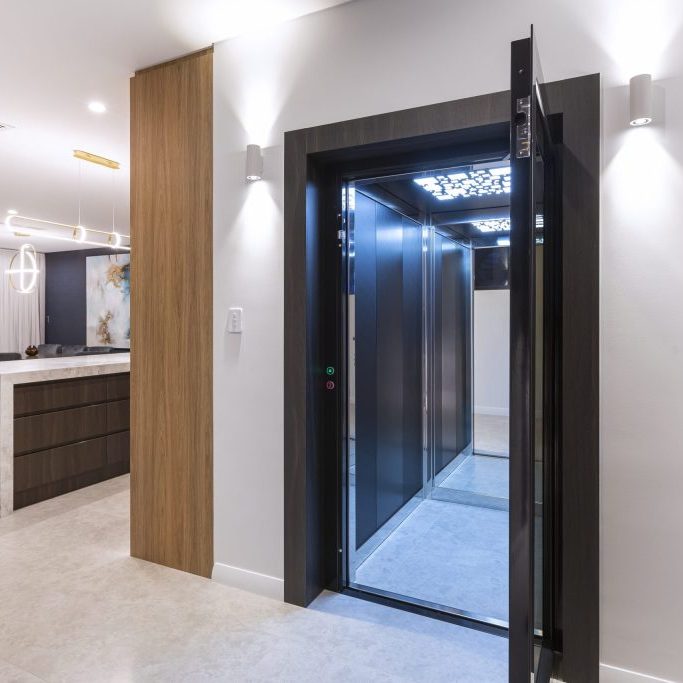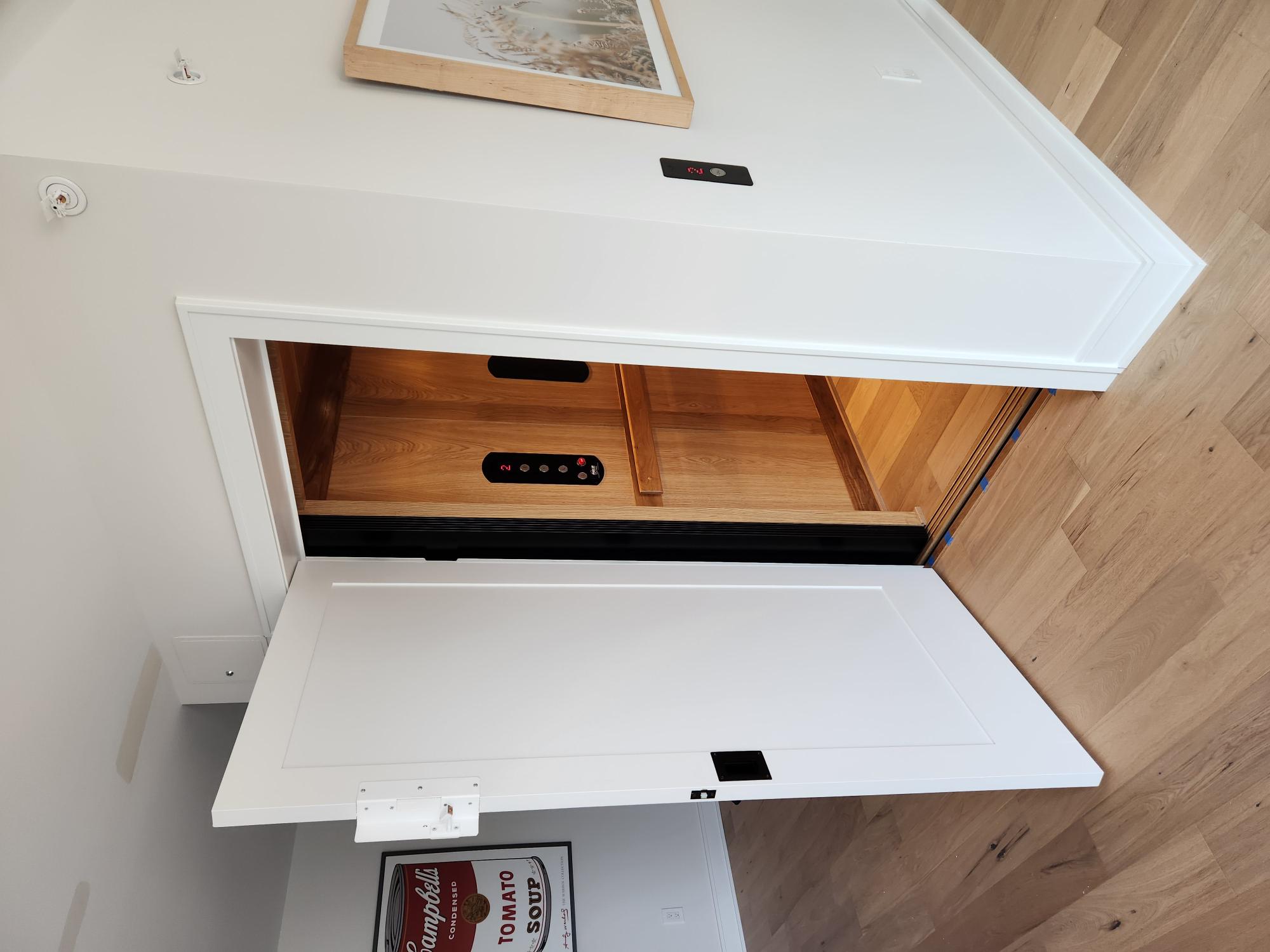Leading Lift Companies in London: Offering Quality Installations and Upkeep
Exploring the World of Elevators: Common Problems Encountered by Numerous Lift Devices
As we navigate via the upright transport systems of modern buildings, elevators stand out as an essential component of our every day lives. Nonetheless, behind their seamless operation exists a globe of intricate devices that can sometimes encounter challenges. From hydraulic lifts to grip systems and machine-room-less styles, each lift type comes with its collection of usual problems. Recognizing these obstacles is crucial for guaranteeing the smooth functioning of these important systems. Let's check out the intricacies that underlie the operation of lifts and the prospective problems that can develop, shedding light on the complex web of lift mechanisms.
Hydraulic Elevators
Hydraulic lifts, frequently chosen for low-rise structures, utilize fluid pressure to control the movement of the lift vehicle (lift repair companies). This system includes a hydraulic pump pushing oil right into a cyndrical tube, causing the lift to relocate in the preferred direction. While hydraulic lifts are known for their smooth and silent procedure, they do include their very own collection of typical issues
One prevalent trouble with hydraulic lifts is oil leakage. The seals in the hydraulic system can break gradually, causing oil infiltration. This not only creates a mess yet can additionally impact the lift's efficiency if left unaddressed. Furthermore, issues with the control system, such as malfunctioning valves or a malfunctioning pump, can cause disruptions in the lift's activity.
Regular maintenance and timely fixings are essential to make certain the smooth performance of hydraulic lifts. By resolving these common concerns proactively, structure owners can decrease downtime and ensure the safety and efficiency of their upright transport system.
Traction Elevators
When taking into consideration upright transport systems in structures, an additional common kind aside from hydraulic lifts is the traction elevator. Grip lifts operate using a system of ropes and counterweights that move the lift car by gripping onto the hoist ropes. This device permits smoother and faster upright transportation compared to hydraulic systems.
Among the usual issues dealt with by traction lifts is rope wear. The constant movement of the ropes within the traction system can lead to damage over time, potentially causing the elevator to breakdown or end up being harmful for usage. Regular evaluations and maintenance of the ropes are necessary to ensure the elevator's appropriate performance and safety.
An additional problem that grip lifts may experience is associated to the control system. Problems with the control system can bring about issues such as unpredictable movement, hold-ups in feedback times, and even full closures. Routine screening and maintenance of the control system are critical to stop such issues and make certain the lift's dependability.
Machine-Room-Less (MRL) Lifts

Among the essential components of MRL elevators is the small gearless grip maker that is installed within the hoistway. This equipment efficiently drives the elevator cars and truck without the need for large equipment located in standard traction lifts. In addition, MRL lifts generally utilize a weight system to balance the vehicle, more boosting their power performance.
Despite their benefits, MRL elevators may face difficulties related to repair and find maintenance because of the confined area for devices installment. Access for servicing elements within the shaft can be restricted, calling for specialized training for specialists. Proper maintenance timetables and normal inspections are crucial to ensure the continued smooth procedure of MRL lifts.
Overloading and Weight Limit Issues
Are elevators outfitted to take care of excess weight loads effectively and securely? Straining and weight restriction problems are important problems in lift operations. Elevator suppliers design lifts with details weight abilities to guarantee guest safety and devices long life. Going beyond these weight limitations can result in various issues, including mechanical failures, hold-ups, and security threats.
When lifts are strained, it places too much stress on the motor, cable televisions, and other parts, possibly creating malfunctions or break downs. If they spot excess weight, safety systems such as sensing units and overload sensors are in location to stop elevators from moving. In addition, exceeding weight limitations can result in boosted power consumption and deterioration on the elevator system.
To mitigate straining concerns, developing supervisors must plainly show weight restrictions in elevators and enlighten occupants on the relevance of adhering to these limitations - lift repair companies. Regular upkeep checks by qualified professionals can also assist guarantee that elevators are operating within risk-free weight criteria. By attending to overloading and weight limit issues proactively, structure owners can boost elevator safety and effectiveness
Electrical System Failings
Exceeding weight limitations in lifts can not only lead to mechanical problems yet likewise potentially contribute to electrical system failings within the lift framework. Electrical system failings are a crucial concern in elevator procedure, as they can create unanticipated shutdowns, malfunctions, or perhaps safety and security hazards. One common electric concern is the overheating of elements because of extreme current flow triggered by overwhelming the lift beyond its capability. This can lead to harm to the control, wiring, or electric motor systems, causing expensive fixings and downtime.
Normal maintenance and examinations are critical to identify and address prospective electrical issues promptly, making certain the efficient and risk-free operation of lift systems. By adhering to weight limits and conducting routine electric system checks, building proprietors can mitigate the risk of electrical failings in lifts.
Verdict

Hydraulic elevators, typically favored for low-rise structures, utilize fluid stress to manage the movement of the elevator car.When considering upright transportation Visit Your URL systems in buildings, an additional usual type apart from hydraulic lifts is the traction lift. Traction lifts run utilizing a system of ropes and weights that move the lift auto by gripping onto the hoist ropes. Unlike typical elevators that need a different maker area to house the tools, MRL lifts incorporate most of the components within the shaft, getting rid of the requirement for a specialized equipment area.In conclusion, lifts deal with typical problems such as hydraulic malfunctions, traction system failings, and electrical system problems.